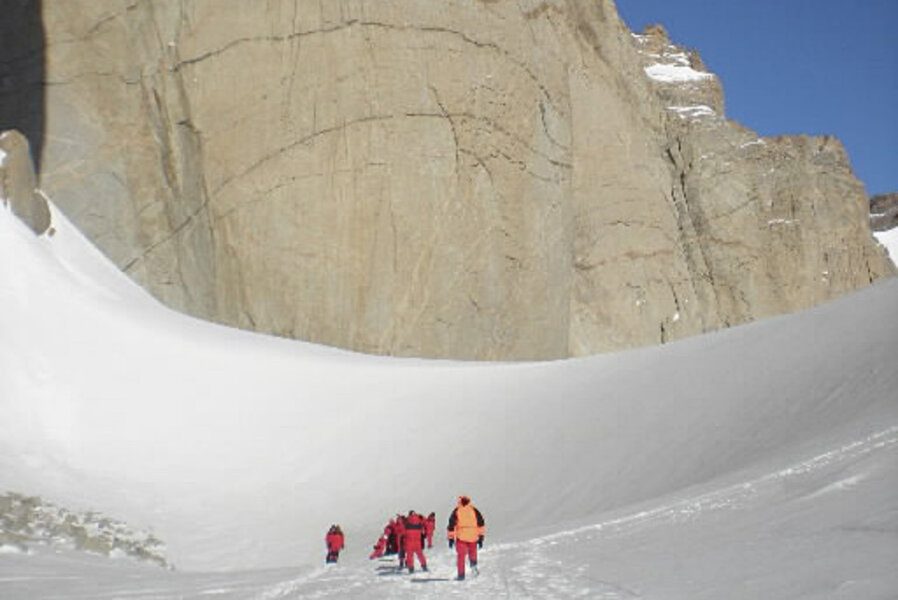Why is the West Antarctic ice sheet melting? It may not be just global warming.
Loading...
Melting ice in West Antarctica may not be just another product of global warming as previously thought, a recent study suggested.
Instead, new evidence points to a different, more literal kind of global warming: the naturally high temperature of the Earth itself, not just the air and water around it, may be what is causing ice to melt, according to researchers at the University of California at Santa Cruz.
After measuring geothermal heat under the West Antarctic ice sheet for the first time, researchers found it was “significantly higher” than data from around the region had previously indicated.
But Andrew Fisher – Earth and planetary sciences professor and lead author on the paper published Friday in Science Advances – was quick urge caution on the study’s implications: the rapid melting of the ice sheet in recent years cannot be fully explained by high core earth temperatures, because the heat was present as the ice sheet was forming, he told UC Santa Cruz in a news release.
Instead, these temperatures may have merely set the stage for global warming to do its work.
“The ice sheet developed and evolved with the geothermal heat flux coming up from below,” Fisher said. “It's part of the system. But this could help explain why the ice sheet is so unstable. When you add the effects of global warming, things can start to change quickly.”
“Unstable” seems to be a good word to describe the behavior of the ice sheet: As The Register points out, parts of the ice sheet are melting more and more quickly for reasons scientists believe may be related to geology rather than climate change, while other parts are melting at slower rates.
More surprisingly still for those on the lookout for the impacts of climate change: Antarctic sea ice recently hit an all time high, belying the belief that ice in the region is melting at an alarming rate.
The paradoxical relationship between the West Antarctic ice sheet and the region as a whole may also be the result of several other factors: Fisher said volcanic activity near the ice sheet may have elevated the temperature of the ground where the team took measurements. The UC Santa Cruz news release also said the ice sheet rests on land below sea level with the outer edges floating in water, making it less stable than its eastern counterpart.
Though the study’s results may not offer any immediate answers to questions regarding climate change and the general ecology of the Antarctic region, coauthor Slawek Tulaczyk, who also teaches Earth and planetary sciences at UC Santa Cruz, said that the ability to measure the land’s heat flux is an important advancement in its own right.
"It is important that we get this number right if we are going to make accurate predictions of how the West Antarctic ice sheet will behave in the future, how much it is melting, how quickly ice streams flow, and what the impact might be on sea level rise," Mr. Tulaczyk said in the UC Santa Cruz news release. "I waited for many years to see a directly measured value of geothermal flux from beneath this ice sheet."






